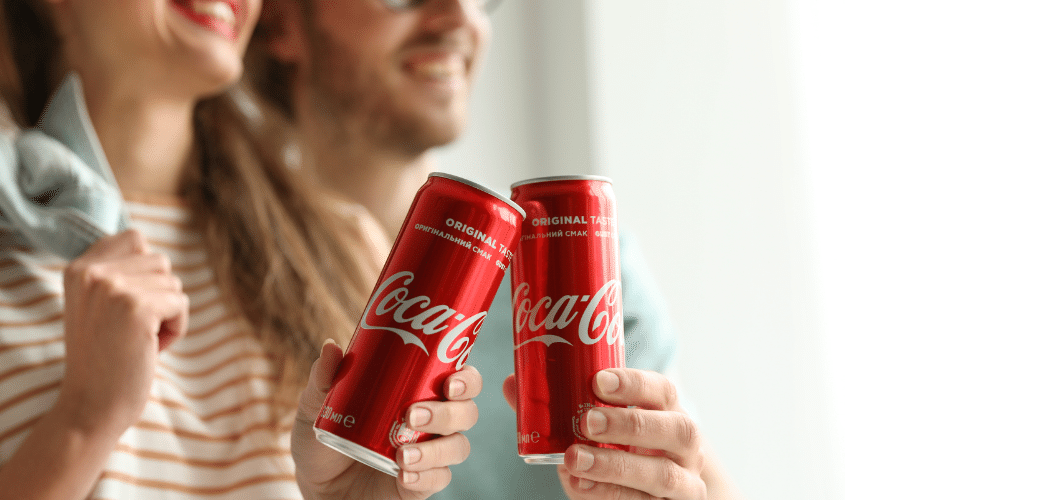Post-Pandemic Trends Influence Rise of Premium Loyalty Programs
“You have to spend money to make money.” An age-old adage? Perhaps. But every sentiment that happens to stick around has a lesson worth remembering. And as it turns out, customers today are keener than ever to dish out the dough for premium loyalty programs — under the right conditions, that is.
“Paying for loyalty in THIS climate?” Don’t balk at the idea. While the pandemic may have gripped an iron fist over some areas of economic growth and consumer spending — personal expenditures contracted 3.9% last year compared to a 2.4% expansion in 2019 — premium loyalty doesn’t seem to be in its crosshairs. In fact, those 76% of those surveyed in the midst of Covid-19 claimed they would pay for a premium membership, even while 68% opined that brands needed to work harder than ever to maintain their loyalty.
What is fuelling this gravitational pull towards premium? Let’s break down the catalysts encouraging customers to open their wallets to brands, and what these brands can do to keep the value flowing.
Premium Programs Attract Younger Demographic
Take a minute to try and visualize the target demographic for premium loyalty programs. A clear image might pop into mind; perhaps it’s the shadow of stuffy old lounges in airports doting to silver haired boomers in business suits, wielding gilded membership cards pulled out of aged leather wallets. It’s true that historically, premium loyalty memberships have maintained the attraction of affluent members. Feelings of exclusivity and gratifying displays of affluence warrant the premiums associated with these privileged programs.
Balance this image against a new reality for premium programs: young Gen Z customers, finally exposed to financial resources — however meager it may be in the relative scheme of things — and brimming with a genuine earnest to devote their loyalty to brands that gain their adoration. This unlikely demographic is taking on premium programs in a big way; the truth is, Gen Zers are actually more prone to have premium loyalty memberships (70%) than traditional loyalty memberships (63%). And in fact, Gen Zers are even more likely to have a premium account in their portfolio than Baby Boomers (77% vs 57%).
These factors have drastic implications for the approach brands must consider when developing premium programs. Everything from tone of messaging to the fundamental rewards structure will differ when voicing appeal towards Gen Z compared to older audiences typically associated to premium loyalty.
Category Concerns: Needs Vs. Wants
Clarus Commerce recently released data on which categories performed best in the realm of premium loyalty. Take a moment to exam this data; what trend do you notice?
Top 7 categories of products and services for which consumers will pay for a premium loyalty program:
- Groceries: 58%
- Clothes & Accessories: 49%
- Health & Beauty: 36%
- Gas: 35%
- Travel & Hospitality: 29%
- Entertainment: 28%
- Furniture: 22%
It appears that the most popular categories for premium loyalty appear to fall in line with servicing customer’s basic needs. From groceries, to clothing, to health, these programs reward the purchase of items that support basic lifestyle needs and habits. Venturing down the list, we see that aspirational segments — such as travel & entertainment — become less popular for customers willing to pay for loyalty.
Now, if you’re a brand operating within one these sectors, it doesn’t mean you won’t have success with premium loyalty. But this data may be a cue that working the “essential” nature of your product or service into program messaging could help attract a broader spectrum of sign-ups.
Value Does Not Equate To Cost
Premium loyalty sits in a unique niche amongst other marketing vehicles; it’s one of the only forms of marketing that customers voluntarily pay for exposure to. While the cost of these transactions has different implications to different people, one takeaway is clear; premium loyalty can be expensive, but that doesn’t necessarily mean it’s valuable. In fact, the most important feature of a premium loyalty program is communicating that the expenditure of membership is offset by the value imparted. When looking at the reasons why customers abstain from joining these programs, the #1 inhibitory factor was that 44% of people didn’t see the value of premium programs; contrast this with only 37% of those who thought they were too expensive.
Ensuring that members receive bang for their buck is more important than the price of program entry. With high value propositions, brands can get away with charging more. And value isn’t synonymous expensive rewards either, meaning that thoughtful value propositions can amplify bottom lines in a big way. Brands structuring these platforms should put clear strategy into the rewards structure, tailoring rewards to the tastes and preferences of demographic nuances, while also architecting payout frequencies to keep members gratified across various stages of engagement.
Will these steps be enough to make premium programs a mainstay of customer loyalty? The truth is, premium programs are already here to stay; and though they may not be the right strategy for every brand, growing competition for share of wallet will challenge substandard implementations.




